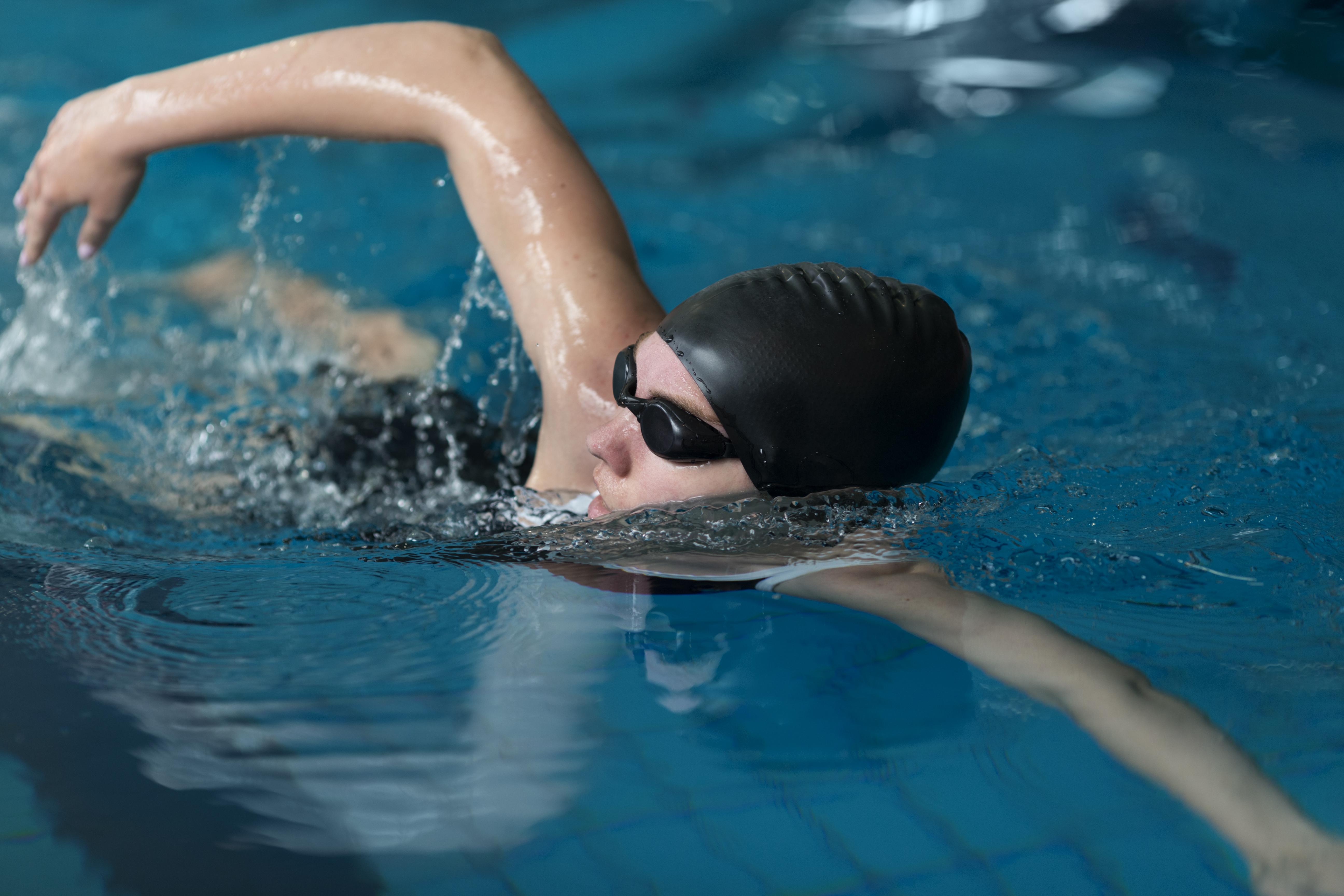You want to be fit and exercise, but your knees or hips hurt. The more you try to do, the worse it feels. You are afraid you are making the underlying joint issues worse whenever you try to push past the pain. Should you exercise with joint pain?
The number of people experiencing joint pain keeps rising in the US. The CDC reports over 15 million American adults experience severe joint pain.
Only 1/3 of American adults get enough exercise and 80% fail to meet both strengthening and cardio recommendations. (U.S. Department of Health & Human Services)
The CDC recommends following the S.M.A.R.T. rule when exercising with a pain, disease or injury:
- Start low, go slow.
- Modify activity when arthritis symptoms increase, try to stay active.
- Activities should be “joint-friendly.”
- Recognize safe places and ways to be active.
- Talk to a health professional or certified exercise specialist.
The Importance of Workouts
It is very important to keep moving, even when you are experiencing pain. This does not mean to push through pain, but to keep the body strong without exacerbating painful problems.
A sedentary lifestyle is extremely hard on your body with millions of deaths attributed to insufficient physical activity each year (WHO).
Research has linked a lack of physical activity and cardiorespiratory fitness to increased risk for diabetes, heart disease, high blood pressure and other health concerns.
Research has shown that regular exercise can reduce falls and improve independent living for the elderly population by increasing strength and balance.
A lack of exercise can also increase the risk of injury or re-injury.
Low Impact Workouts for Joint Pain
Keep moving in ways that challenge your body without causing excruciating pain. Options for low-impact workouts include:
Low Impact Aerobics: Dancing and moving to music without jumping can get the heart rate up without causing unnecessary strain on the joints.
Spinning and Bike Riding: Stationary bikes are great for stability and get the hips and knees moving in a healthy motion that doesn’t create impact. A bike workout will strengthen your muscles and raise your heart rate.
Swimming and Water Aerobics: While some adults do not like getting into the water, many find it can help them feel less exposed while working out. The water creates resistance that strengthens muscles and increases the heart rate without harmful impact (or sweat)!
Walking: Take the long way and park away from the entrances to get into the healthy habit of walking more. Walking for 30 minutes for 3-5 times a week can help you get started. Look for shoes that support your arches, knees and hips to ensure your walking won’t further hurt your joints.
Chair Workouts: There are plenty of workouts you can do in a seated position! For stability and to reduce strain on your hips or lower back, chair workouts can be ideal. Weights, resistance bands or just bodyweight exercises can help improve leg strength, core stability and overall fitness. Keep your movements back-to-back, not stopping until a break to elevate your heart rate. A few examples of movements on the chair include:
- Lift one leg 12 times from the knee without touching the ground in between lifts to strengthen your legs. Switch legs and repeat this 3 times.
- Sit on the edge of your chair and leaning back at a 45° angle without touching the back for 30 seconds to tone your abs. Take a 10-second break and repeat for 3 times. Increase to 45 seconds or remove the breaks if this is easy.
- Stand up and then push your hips back and down into a sit-down motion (squat) until you touch the chair. Don’t fully sit on the chair, but stand back up as soon as you touch—driving your hips forward as you stand. Push the hips back to sit again and repeat the squats 10 times (or until your thighs are burning).
We are here to help you keep moving! If you need more help with physical therapy or orthopedic services, please contact us for a consultation.


